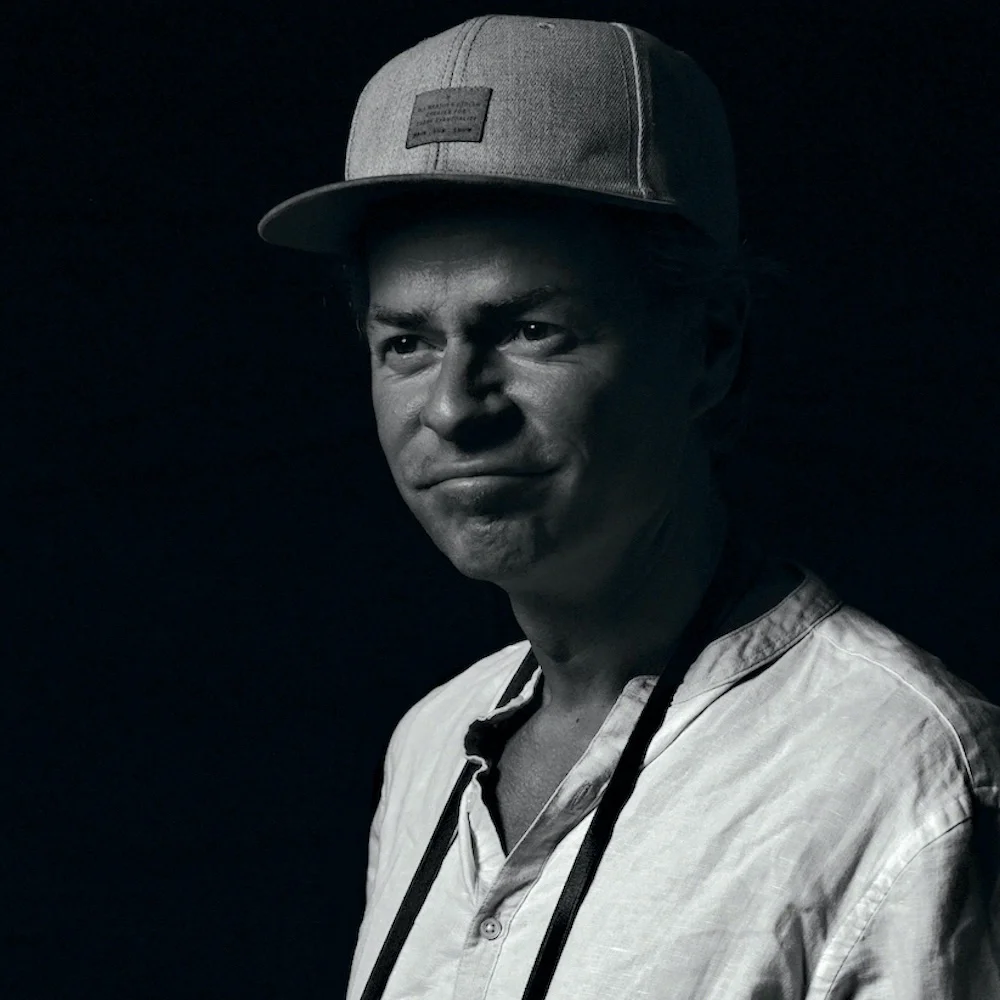Lennard Grohn, born in Frankfurt am Main, Germany, is a photographer whose work seamlessly blends melancholy with a profound celebration of life's beauty. From the moment he received his first analog camera at the age of 12, a gift from his parents, Lennard discovered a passion for storytelling through light and composition. He later refined his craft at the University of Fine Arts in Mainz, where his studies laid the foundation for his classic approach to photography.
This formative period shaped his dedication to creating timeless images that capture both personal narratives and universal emotions.
After the untimely loss of his father, Lennard found solace in black-and-white photography, using it as a medium to explore themes of memory, childhood, and the imperfections of a once-idealized world.
Alongside his photographic pursuits, Lennard's background as a drummer and percussionist brings a sense of rhythm and movement to his work, leading some to say his images echo with the harmony of music.
Awarded Photographer of the Week - Week 11
